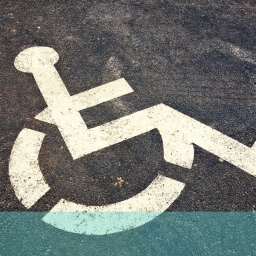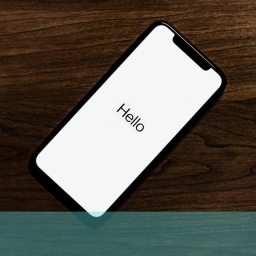
Acessibility of your website should not be confused with usability; usability is how easy and useful the functionality of your site is for the user; accessibility is how easy it is for users with disabilities to access and use your online offering. It is not the obvious visual impairments alone that can provide barriers to effective access to a website.
Around 8% of the world’s population have some form of visual impairment or what is known as low vision. That is a lot of people to people to potentially exclude from your site. In addition to this there are people with attention deficit disorders (ADD) and with dexterity problems such as having a broken or dysfunctional limb. If that isn’t sufficient incentive, litigation against sites that don’t cater for disabled minorities is becoming more frequent; so it could be in your interests to pay attention to this issue from a number of standpoints.
Some examples of how to approach accessibility can be helpful in understanding the approach and mindset needed to do this successfully.
- A site aimed at younger people might not feel the need to consider accessibility but ADD is more common among younger people so it might be prudent not to present to many, confusing options to the user to cater for this minority.
- While many people who use the web might not have an actual visual impairment, they can still have difficulty reading small typefaces and cluttered web pages. Think about simplifying and streamlining design to keep your pages clean and understandable. If you do have to include small print for whatever reason, perhaps offer an option to zoom in and magnify that section.
- While various types of colour blindness are quite common most people have some difficulty in processing certain combinations or juxtapositions of colour so it is always worth considering the colours you use and how you use them. Don’t make things jazzy or garish for the sake of the design.
Some best practice hints
Don’t rely on colour to define areas and signpost or identify options, varieties etc. It can be very confusing for some users and even cause difficulties for many without any recognised disability. To test how you have done, strip the colour out of your website and see how clear the options and navigation are. If they don’t work, then probably the initial concept wasn’t quite right anyway. Where you have to use colour make sure you have textual markers or references to help viewers understand and identify items where the colour difference is harder to perceive.
Remember the importance of contrast – and again this isn’t only important for people with sight deficiencies. Contrast will make your site easier to view and use as well as minimising the impact of colour differentiation problems that some users will have.
Some useful tools
- Sketch – plugins that simulate colour blindness so the designer can see what their layout looks like to a colour-blind user.
- Colour wheels and colour blindness palettes.
- Photoshop itself has checking functions for colour-blindness as an option.
Accessibility is becoming a major issue in website design; but you should consider it an opportunity to improve and make your site accessible and easy-to-use for all. If you would like to discuss accessibility – or any other features of web design – why not ring us on +44(0)800 0246247 or email us at hello@ux247.com.









